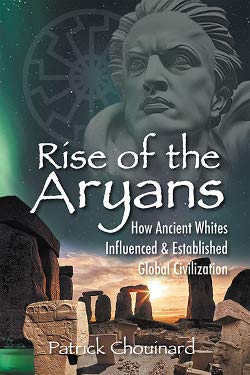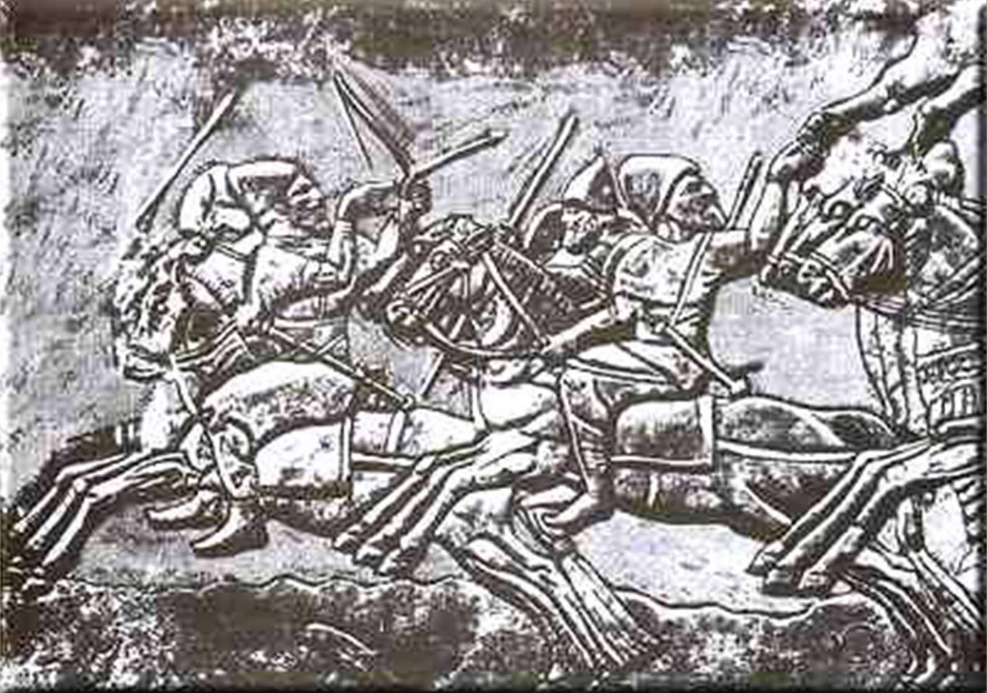Previously Unknown Written Language Discovered in Scotland
Recently, a new written language was discovered—not buried in the deserts of the Middle East or the Indus Valley—but rather in the misty lands of Scotland. The language belongs to a race known as the Picts, an ancient pre-Christian Celtic people that lived in Scotland during the Iron Age, from 300 to 843 CE. The rocks on which the stylized engravings appear are called Pictish Stones. This language was originally thought to depict only symbols used to commemorate events and transfer other information, but after running the symbols through a system of computerized tests, a definite lingual pattern has been confirmed (Viegas 2010).
These data were compared with that of “numerous written languages, such as Egyptian hieroglyphs, Chinese texts and written Latin, Anglo-Saxon, Old Norse, Ancient Irish, Old Irish and Old Welsh. While the Pictish Stone engravings did not match any of these, they displayed characteristics of writing based on a spoken language” (Viegas 2010).
The Pictish Stones engravings are similar to Norse Rune Stones. It was first thought that they were linked to heraldry, yet it soon became apparent that these enigmatic symbols represent the long-lost language of the Picts (Viegas 2010).
Evidence of a Previously Unknown Old European Script
A number of sacral plates were unearthed in Bulgaria. They were inscribed with an ancient form of Thracian writing not previously known to archaeologists. The script suggests that the Old European civilization that inhabited this region enjoyed a more advanced culture than its Western neighbors. It might even have been comparable to some of the civilizations of Western and Central Asia. Old European civilization is believed to have comprised Greece, Bulgaria, Macedonia, Romania, eastern Hungary, Moldova, southern Ukraine, and locations in the former Yugoslavia. It opened the trade routes between those regions that lay more to the East and the European-dominated Mediterranean (Chouinard 2008, 10). Furthermore, archaeologists involved with the excavation believe that these examples of archaic script are the oldest in Europe and even antedate the Sumerian cuneiform and Egyptian hieroglyphs (Sophia Echo 2007).
This discovery, however, is not the first of its kind. Over the past century and a half, there has been an explosion of new evidence hinting those Old European scripts are possibly the oldest writing ever invented. Archaeologist Zsofia Torma found a cache of uniquely engraved objects during an excavation in Transylvania in 1875. In 1908 inscribed objects were found in Vinca, a suburb of Belgrade (Serbia), and now that writing is recognized as just one aspect of what is now known as the Vinca culture. For more than a millennium, such scripts spread throughout Old Europe. However, archaeologists still class these scripts as protowriting because they seem to convey direct ideas rather than retain any abstract or linguistic concepts (Winn 1981).

Patrick Chouinard is a distinguished expert on European history and authority on the White race and its roots. He has a BA in Global History and European Studies and currently is seeking an MA in Ancient and Classical History. He has authored six books and is a regular contributor to notable publications such as Ancient American magazine, The Barnes Review, Renegade Tribune, and Nexus. His expertise spans various facets of European history, showcasing a deep understanding and commitment to disseminating historical knowledge.













